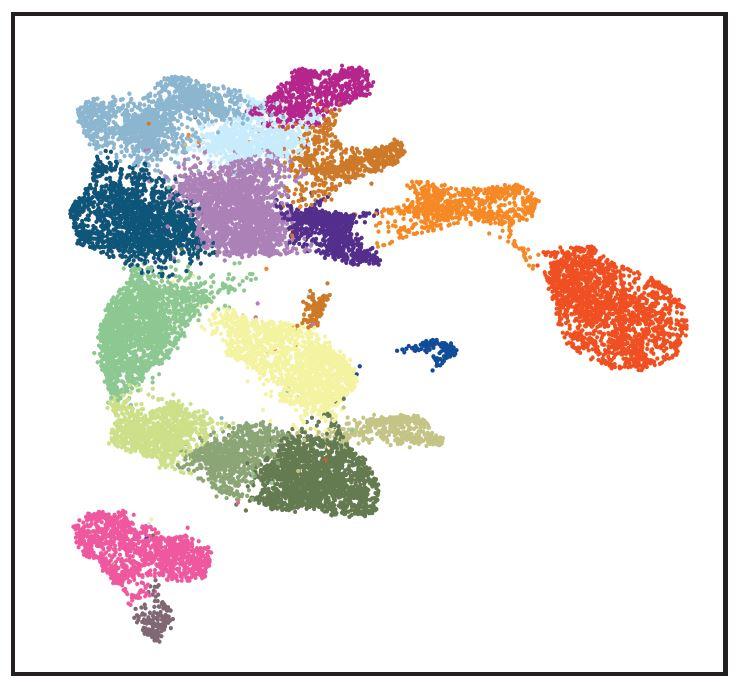
Submitted by Administrator on Mon, 30/03/2020 - 10:33
Research published in Nature Cell Biology today (Monday 30th March) has revealed insights into the molecular regulation of mammalian organ development.
Shortly after fertilization, the mammalian embryo generates so called pluripotent cells, which have the capacity to contribute to all the future cell types of the organism. During a subsequent period of rapid amplification of cell numbers, pluripotent cells diversify to form the precursors of all our organs. Relatively little however is known about this process of early organogenesis. Researchers from the Göttgens group at the CSCI and collaborators at the Chinese Academy of Sciences and the University of California, San Diego, have used single-cell chromatin mapping techniques to provide new insights into how the acquisition of specific cell fates is regulated during the early stages of mouse development.
The researchers used a recently developed technology, single-nucleus ATAC-seq, which allows the identification of those regions in the genome that are accessible and that are likely to play a role in the specification of cellular identity. The team analysed nearly 20,000 individual cells from mouse embryos, which allowed them to define a list of over 200,00 regions in the genome that are likely involved cell type diversification during early organogenesis. Whilst previous studies in fruit flies have shown that this technique can be used to look at the mechanisms underpinning organ development, this study is the first to apply this leading-edge technology to mammalian development. To validate their findings, the team also looked at zebrafish cells, which provide an important comparative system for mammalian development.
First author Blanca Pijuan-Sala, who recently completed her PhD in the Gottgens lab, said “Thanks to this single-cell technology, we have been able to look at these complex tissues in a new way and to identify regulatory programs underlying cellular identity at a large scale. This is an exciting step in our understanding of mammalian development.”
Deciphering the mechanisms that control organ formation in the embryo has important implications for the wider field of stem cell research and medicine, as it provides a blueprint for the future production of authentic cell types for both drug discovery and cell therapy.
Reference: Blanca Pijuan-Sala, Nicola K. Wilson, Jun Xia et al. (2020) Single-Cell Chromatin Accessibility Maps Reveal Regulatory Programs Driving Early Mouse Organogenesis. Nature Cell Biology.
https://doi.org/10.1038/s41556-020-0489-9
www.nature.com/articles/s41556-020-0489-9
Image: Chromatin accessibility map: Each dot represents a single cell from the E8.25 embryo and their relative positions indicate how similar their profiles are. The dots are coloured based on which major cell type they represent. Credit: B. Pijuan-Sala

